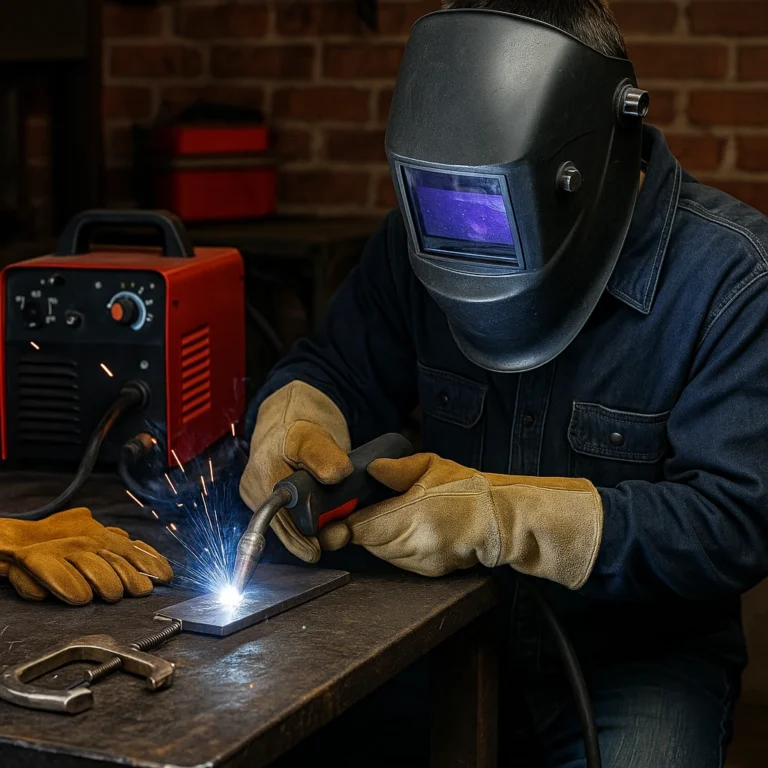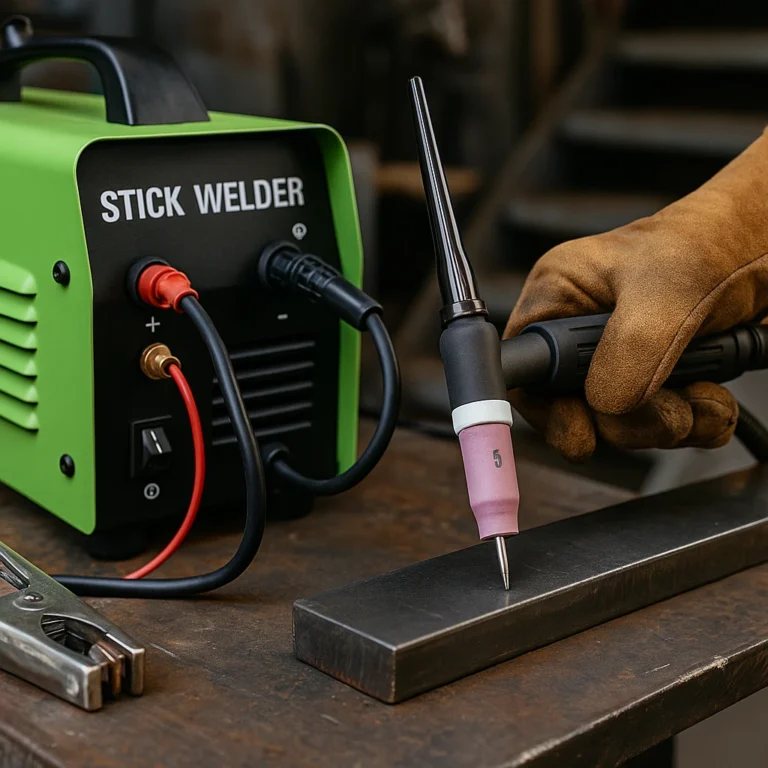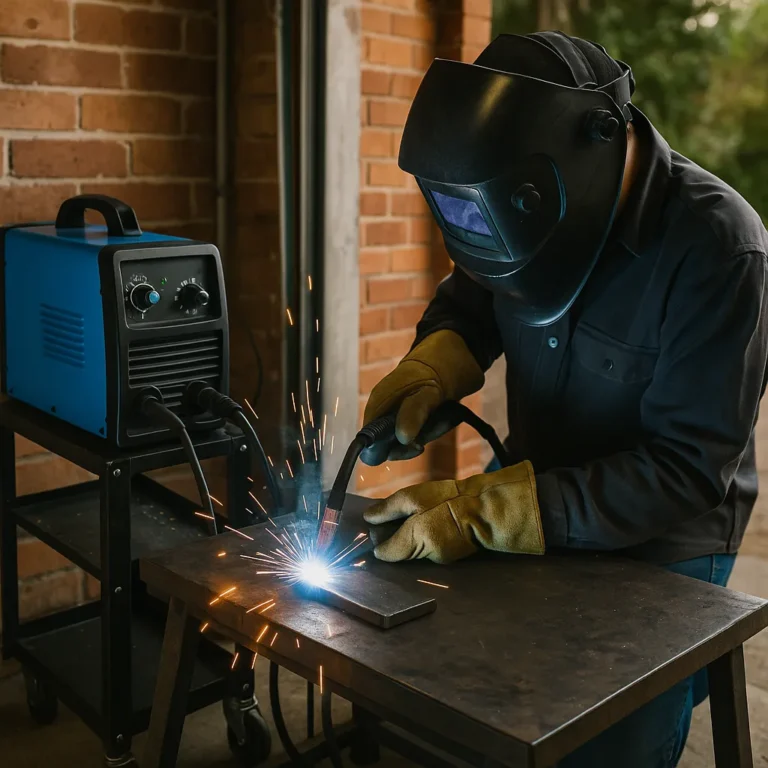Best Type of Welding for Beginners: Choosing Your First Welding Method

Disclosure: This post contains affiliate links. As an Amazon Associate, I earn from qualifying purchases—at no extra cost to you.
Welding is a rewarding and practical skill that opens the door to countless DIY projects and professional opportunities. For beginners, selecting the right welding process is crucial to building confidence and mastering fundamental techniques. Different types of welding offer varying degrees of difficulty, equipment requirements, and learning curves. Understanding the options will help you choose the best starting point for your journey into the world of metal joining.
Why Choosing the Right Welding Type Matters
Starting with the right welding process can make the learning experience much smoother. Some methods are more forgiving and require less precision, making them perfect for those just beginning. Others demand advanced coordination, a steeper learning curve, and more specialized equipment. Matching your choice to your goals, budget, and projects ensures a faster and more enjoyable path to welding success.
Shielded Metal Arc Welding (SMAW) for Beginners
Shielded Metal Arc Welding, commonly known as stick welding, is a popular choice for beginners because of its simplicity and minimal equipment needs. It works well outdoors and on dirty or rusty metals, making it ideal for farm work, home repairs, and construction sites. While stick welding produces strong joints, it can also create more spatter and requires a steady hand to maintain an arc. Despite a slight initial challenge, mastering stick welding builds a solid foundation for advancing into other methods.
Metal Inert Gas Welding (MIG) for Beginners
Metal Inert Gas welding, or MIG welding, is often considered the easiest type of welding for beginners. Using a spool-fed wire and shielding gas, MIG welding allows for continuous, clean welds with minimal spatter. It is highly suitable for thin metals and automotive work. Many entry-level MIG welders are versatile enough to switch between gas-shielded and flux-cored welding, adding flexibility. The learning curve is gentle, and most hobbyists can achieve professional-looking results quickly with a little practice.
Flux-Cored Arc Welding (FCAW) for Beginners
Flux-Cored Arc Welding is similar to MIG welding but uses a special tubular wire filled with flux instead of an external gas tank. This makes FCAW an excellent option for outdoor welding where the wind could disturb shielding gases. It is also better suited for thicker materials and heavy-duty applications. While the technique is slightly less clean than MIG, it is forgiving on dirty metals. It requires less preparation work, making it a strong contender for beginners who need portability and versatility.
Tungsten Inert Gas Welding (TIG) for Beginners
Tungsten Inert Gas welding, or TIG welding, offers the highest precision and cleanest welds, especially for aluminum and stainless steel. However, it is generally not recommended for absolute beginners. TIG welding requires using both hands and maintaining perfect coordination between the electrode, filler rod, and foot pedal. While challenging to learn, those who master TIG gain the ability to create the finest quality welds found in aerospace, automotive, and artistic industries.
Conclusion
The best type of welding for beginners depends largely on the projects you plan to tackle and the environment you will be working in. MIG welding stands out as the most beginner-friendly method, offering clean, strong welds with relatively simple equipment. Stick and flux-cored welding also provide excellent starting points, especially for outdoor and heavy-duty applications. By understanding your goals and matching them with the right welding method, you will set yourself up for a rewarding experience and rapid skill growth.






